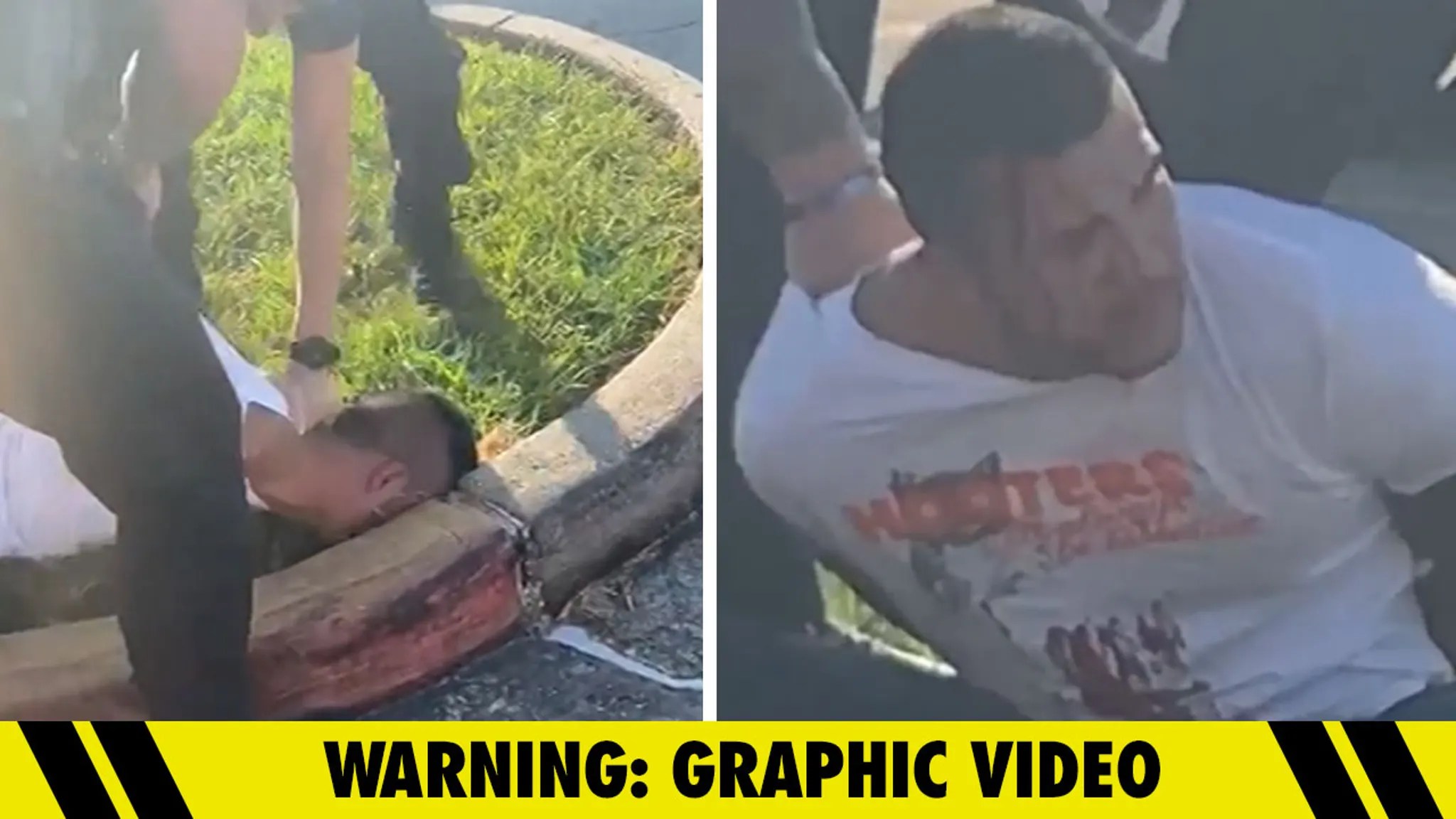Understanding The Biting The Curb Aftermath: A Comprehensive Analysis
The aftermath of biting the curb can be a shocking and painful experience, both physically and emotionally. Whether it’s a minor injury or a more severe incident, the consequences can linger far longer than the initial impact. The term 'biting the curb' typically refers to an accident where an individual, while riding a bike or skateboard, loses control and collides with the curb, resulting in a sudden and often jarring stop. This unexpected event can lead to various injuries and complications, making it essential to understand the potential outcomes and the steps to take afterward.
In addition to physical injuries, the biting the curb aftermath can also carry psychological effects, including fear of riding again or increased anxiety in similar situations. Understanding both the physical and mental implications is crucial to recovery and moving forward. This article will delve deep into the consequences of biting the curb, exploring various aspects such as injury types, recovery processes, and the emotional toll on the individual. We will also provide insights into preventative measures and best practices for safe riding.
As we navigate through the complexities of the biting the curb aftermath, it’s important to approach this topic with empathy and awareness. Awareness can help prevent such incidents, while education can prepare individuals for effective responses should they occur. Join us as we explore the various facets of this issue, shedding light on the importance of safety, recovery, and resilience.
What Are Common Injuries Associated with Biting the Curb?
When an individual bites the curb, a range of injuries can occur. Here are some of the most common ones:
- Scrapes and Abrasions: Skin injuries that can vary in severity.
- Fractures: Broken bones, particularly in the arms or legs, as the body attempts to brace for impact.
- Concussions: Head injuries that may occur if the rider falls and hits their head.
- Soft Tissue Injuries: Damage to muscles, ligaments, or tendons.
How Can One Recover from Biting the Curb Injuries?
Recovery from injuries sustained during a biting the curb incident can vary widely depending on the severity of the injuries. Here’s a general overview of what recovery may entail:
- Immediate Care: Clean wounds and seek medical attention if necessary.
- Rest and Rehabilitation: Allow the body time to heal and engage in physical therapy if required.
- Emotional Support: Consider counseling or support groups if anxiety or fear persists.
- Gradual Return to Activity: Slowly reintroduce riding, starting in safe environments.
What Psychological Effects Can Result from Biting the Curb?
The biting the curb aftermath can extend beyond just physical injuries. Psychological effects can include:
- Post-Traumatic Stress: A persistent fear of riding again, anxiety, or flashbacks to the incident.
- Decreased Confidence: A reluctance to engage in similar activities.
- Social Isolation: Avoiding social situations where riding is involved.
How Can One Prevent Biting the Curb Incidents?
Prevention is key to avoiding the biting the curb aftermath. Here are some effective strategies:
- Wear Protective Gear: Always use helmets, knee pads, and elbow pads.
- Stay Aware of Surroundings: Pay attention to the environment and potential hazards.
- Practice Safe Riding Techniques: Learn and apply proper riding techniques.
- Choose Safe Locations: Ride in areas designed for biking or skating.
What Should You Do Immediately After an Accident?
If you find yourself in a situation where you've bitten the curb, taking the right steps can make all the difference. Here’s what to do:
- Check for Injuries: Assess yourself for any visible injuries.
- Seek Help: If needed, call for emergency assistance.
- Document the Incident: Take photos of the scene and your injuries for future reference.
- Notify Relevant Parties: Inform family, friends, or authorities as necessary.
How Can Friends and Family Support Someone Experiencing the Aftermath?
Support from loved ones can be invaluable during recovery. Here are some ways to provide help:
- Be Present: Offer emotional support and a listening ear.
- Encourage Professional Help: If necessary, suggest counseling or therapy.
- Assist with Daily Tasks: Help with chores or errands that may be difficult during recovery.
- Promote Positive Activities: Engage in fun, low-risk activities to rebuild confidence.
What Are the Long-Term Implications of Biting the Curb?
The long-term implications of biting the curb can vary based on the extent of the injuries and the effectiveness of recovery. Some potential long-term consequences include:
- Chronic Pain: Persistent pain in affected areas.
- Physical Limitations: Reduced mobility or functionality.
- Mental Health Challenges: Ongoing anxiety or fear related to riding.
Conclusion: Moving Forward from the Biting the Curb Aftermath
In conclusion, the aftermath of biting the curb can be a complex experience filled with challenges and opportunities for growth. Understanding the types of injuries, recovery processes, and psychological impacts can empower individuals to take control of their healing journey. With the right support, preventative measures, and a focus on resilience, recovery is not just possible but achievable. Remember that while the incident may be a painful chapter, it does not define your ability to ride again or enjoy the freedom that comes with it.
```
Finding The Perfect Hair Braider Near Me: Your Ultimate Guide
Discover The Exciting Offers In The Hobby Lobby Weekly Ad
Expressing Gratitude: Understanding "Thank You" In Filipino


